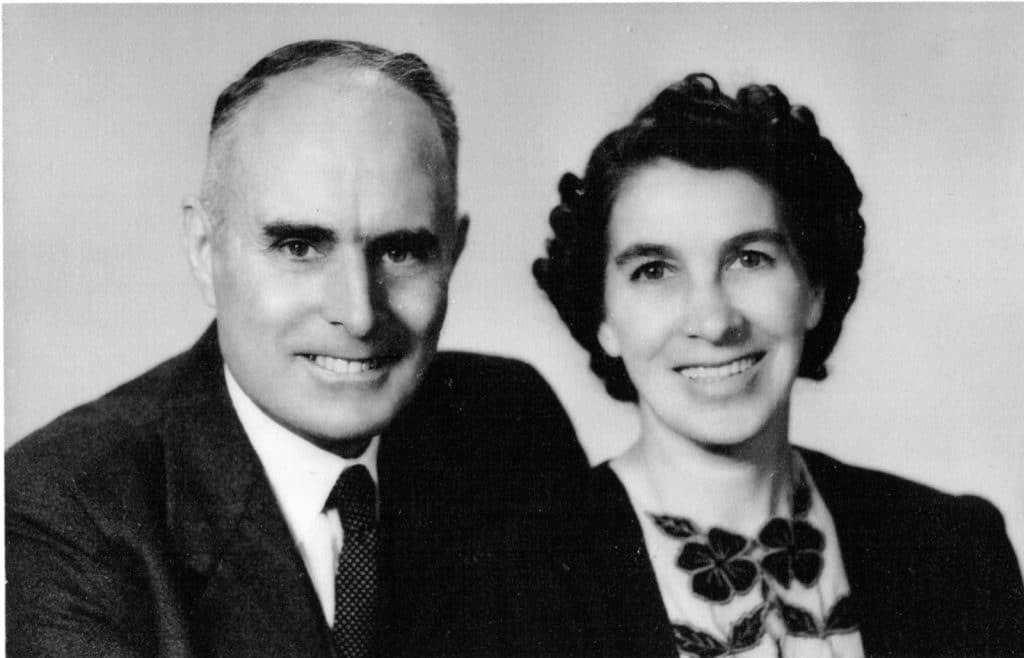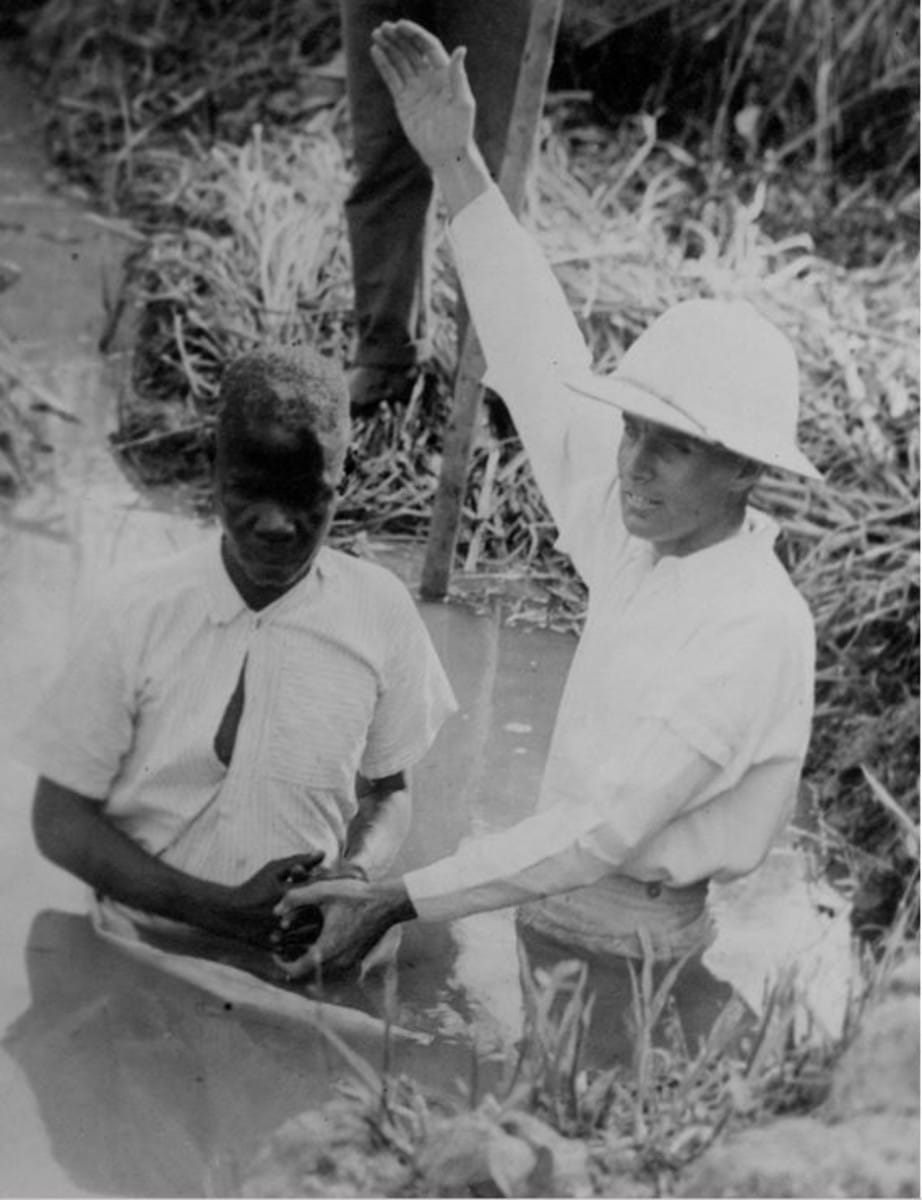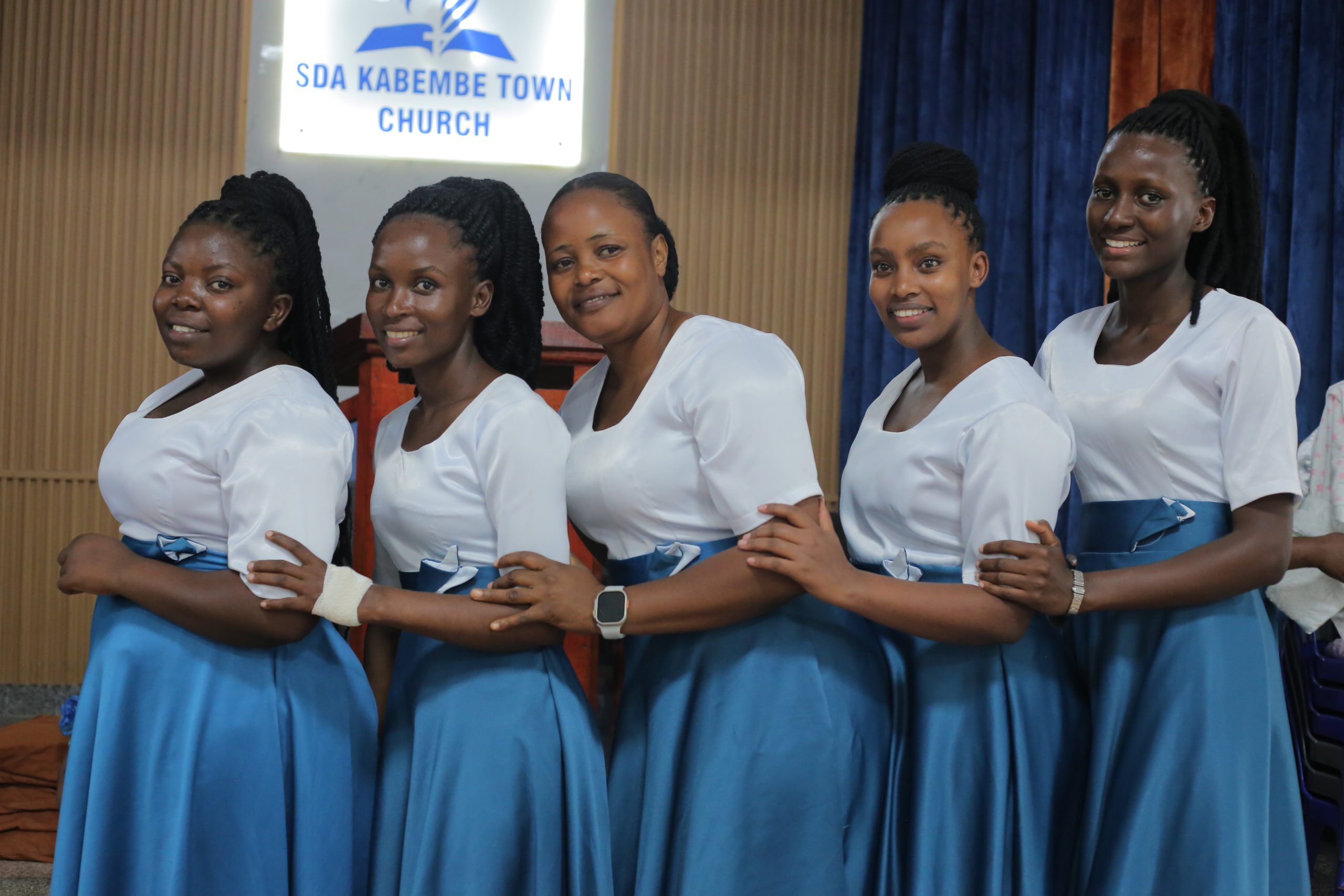A Comprehensive History of the Seventh-day Adventist Church in Uganda
Pioneering Dreams and the Road to Uganda
History of the Seventh-day Adventist (SDA) Church in Uganda is complex but interesting, The story of the Seventh-day Adventist Church in Uganda is a testimony to unwavering faith, determined mission, and gradual breakthrough into a spiritually fertile but geopolitically complex landscape. It begins not in Uganda, but in the hearts of missionaries working in southern Africa and German East Africa (modern-day Tanzania), who envisioned the expansion of the Adventist message further northward into the Great Lakes region. As early as 1903, deliberations were taking place at a council in Cape Town, South Africa, where prominent church leaders such as Joseph Booth, J.M. Freeman, E.R. Anderson, and W.S. Hyatt considered the strategic importance of reaching East Africa, including Uganda and the Upper Nile territories.
Among these early visionaries, Joseph Booth emerged as a passionate advocate for evangelizing Uganda. Following the council’s resolutions, he embarked on a journey from Cape Town on March 30, 1903, traversing the treacherous terrains of East Africa to reach Entebbe. His observations were both hopeful and pragmatic—he found the local authorities welcoming and the people eager to learn. Booth saw in Uganda a golden opportunity to establish a mission using an industrial model and even identified a potential site complete with existing infrastructure. However, his appeals for financial support from the General Conference were unsuccessful, largely because his efforts were not channeled through formal structures in South Africa.
Despite the setback, Booth’s report planted seeds in the minds of church leaders. By 1905, during the General Conference Session in Takoma Park, President A.G. Daniells emphasized the urgency of reaching places like Uganda, Madagascar, and the Philippines. The British Union Conference took up the charge and appointed A.A. Carscallen, who, together with Peter Nyambo, ventured toward East Africa in 1906. Their mission was clear: open new frontiers for Adventism, particularly in Uganda.
Early Missteps and Complex Geopolitical Terrain
Although the missionaries arrived in East Africa full of zeal, their initial foray into Uganda was complicated by territorial ambiguity. Carscallen and Nyambo, led by A.C. Enns, traveled to Kavirondo Bay on the eastern shores of Lake Victoria—then assumed to be part of Uganda. However, due to shifting colonial borders under treaties such as the 1890 Heligoland-Zanzibar Agreement, this area had been reassigned to British East Africa (modern-day Kenya). Consequently, their efforts did not directly establish a mission in Uganda.
Still, enthusiasm for Uganda did not wane. In 1908, the General Conference Committee in Europe resolved to dedicate resources for launching work in Uganda. Enns revisited the region, this time targeting “Uganda proper.” His journey took him to Mengo, where he was graciously received by colonial authorities and even dined with the Buganda king. His presence stirred genuine interest—government officials and the king himself requested medical missionaries and educational services, underscoring the country’s readiness for Adventist outreach.
Despite these promising signs, little progress was made between 1908 and 1927. This prolonged silence was attributed to both internal church dynamics and external resistance. The colonial government, influenced by existing Christian missions—especially Anglican and Catholic—was reluctant to approve a new religious presence that could upset the delicate balance established after violent religious clashes such as the 1892 Battle of Mengo. During this era, regions in Uganda were allocated to specific denominations under the spheres of influence policy, with Protestants, Catholics, and Muslims dominating specific territories. The Adventist Church, a relative newcomer, was not granted entry.
A Turning Point: The 1927 Breakthrough
By 1927, things began to shift. The policy of religious spheres of influence had loosened, and the Adventist Church seized the moment. S.G. Maxwell, alongside W.T. Bartlett, scouted the country to identify a base for mission work. They settled on an abandoned coffee estate at Nchwanga, roughly 120 miles from Kampala. This purchase marked the beginning of a sustained Adventist presence in Uganda.
Maxwell arrived with his wife and Petro Risasi, a dedicated African evangelist. Soon after, six additional African missionaries—drawn from Kenya and Tanganyika—joined them. Among these early pioneers were names like Abraham Musangi, Hezekiah Rewe, and Ibrahim Maradufu. These individuals laid the foundation of what would become the Uganda Mission.
However, the early missionaries faced immense challenges. Mary Sachs, one of the first Adventist workers in Uganda, described the emotional and spiritual toll of isolation, superstition, and resistance from local belief systems. Yet, in the face of adversity, they persevered.
Organizational Growth and Early Expansion
As we devolve into History of the Seventh-day Adventist (SDA) Church in Uganda, With the work now formally initiated, the Uganda Mission was officially organized in 1927 under the jurisdiction of the East African Union, which had been formed a year earlier under the European Division. The early model relied on importing African missionaries from surrounding countries, but cultural and intellectual gaps emerged. The people of Uganda, particularly in Buganda, were more literate and sophisticated due to the longstanding educational efforts of other Christian missions. Realizing this, leaders like V.E. Toppenberg and Vagan Rasmussen emphasized indigenous empowerment, starting the Nchwanga Training School in 1928 to equip Ugandans for ministry.
By 1930, the mission had outgrown Nchwanga. A more central location in Kireka, near Kampala, was chosen as the new headquarters. As interest in the Adventist faith spread across Uganda, the church recorded steady growth in both membership and organizational complexity. By 1931, the number of organized churches doubled, and the membership increased to 58.
Structural Evolution and the Upper Nile Union Mission
In 1933, in response to expanding missionary ambitions in Sudan and other parts of East Africa, the Uganda Mission was elevated to the Uganda Union Mission. The following year, to better reflect its expanded reach, the name was changed to the Upper Nile Union Mission. Three administrative zones were created: Central Uganda Mission (Buganda, Bunyoro, Toro), Eastern Uganda Mission (Busoga, Teso, Bugisu), and Nchwanga Station.
World War II disrupted European support for missionary work, prompting a transfer of administrative oversight from the European Division to the Southern Africa Division in 1943. Uganda, Tanganyika, and Kenya were then unified under the East African Union to manage limited resources more effectively.
During this era, multiple mission stations were launched: Katikamu (1943), Rwenzori (1945), and later Ankole and Gulu. By 1955, Uganda had six mission stations, sixteen organized churches, and over 2,400 baptized members. Missionary and local leadership worked in concert, with figures like F.H. Muderspach and W.O. England coordinating over 100 full-time gospel workers across the country. History of the Seventh-day Adventist (SDA) Church in Uganda
From Mission Fields to Conferences: Organizational Maturity
In 1982, Uganda’s rapid church growth warranted a major structural change. The country was split into two fields: the Central Uganda Field (Buganda and the north-east) and the Western Uganda Field (Ankole, Bunyoro, Kigezi, Toro, and West Nile). With over 8,000 members in each field, this reorganization allowed for more localized mission strategies.
Further growth prompted the creation of the Eastern Uganda Field in 1989, separating it from Central Uganda. At this point, the Central Uganda Field retained over 25,000 members and was operating across multiple districts including Kampala, Luwero, and Masaka.
In 2009, a milestone was achieved: the Central Uganda Field gained full conference status. Now overseeing more than 227 organized churches and a membership exceeding 100,000, it stood as a testament to decades of grassroots evangelism, community engagement, and adaptive leadership.
Leadership and Administrative Oversight
Throughout History of the Seventh-day Adventist (SDA) Church in Uganda, the Adventist Church in Uganda has been guided by a blend of local and international leaders. Beginning with S.G. Maxwell in 1927, the presidency passed through hands such as V.E. Toppenberg, F.H. Muderspach, and later Ugandan nationals like D.K. Bazarra and S.B. Kyambadde. Each leader brought unique strengths—some focused on infrastructure, others on evangelism, and others on education and training.

Oversight and Global Structure
Over the decades, Uganda was overseen by various divisions:
- European Division (1927–1928)
- Northern European Division (1929–1942)
- Southern Africa Division (1943–1964)
- Trans-African Division (1965–1969)
- Afro-Mideast Division (1971–1981)
- East African Division (1982–2002)
- East-Central Africa Division (2003–present)
Conclusion: A Legacy Still Unfolding
From a dream born in the minds of missionaries at the dawn of the 20th century, the Seventh-day Adventist Church in Uganda has grown into a thriving faith community with hundreds of congregations and a strong educational and medical presence. The journey was neither swift nor easy—marked by colonial complexities, resistance from established religious groups, and logistical challenges—but perseverance and divine guidance prevailed.
Today, the Church in Uganda is not merely a recipient of missions but a vibrant contributor to the global Adventist movement, nurturing local leadership, expanding mission fields, and inspiring the next generation of Adventists across Africa and beyond.
History of the Seventh-day Adventist (SDA) Church in Uganda
Written by Andrew Segawa for Calvary Ministries

